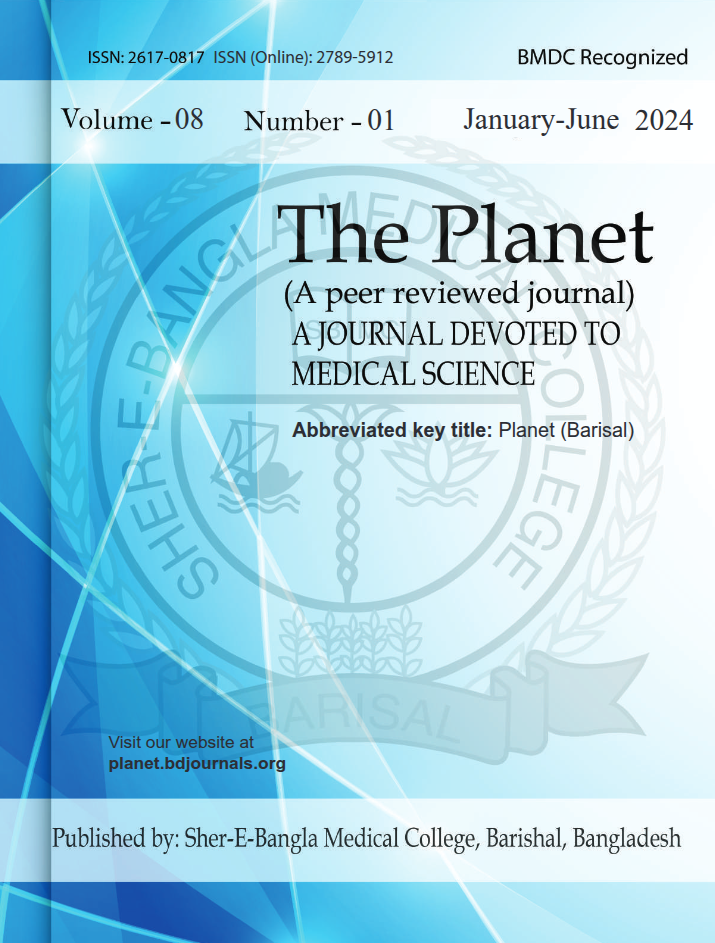Abstract
Introduction: The single layer of hexagonal cells that lined the back of the cornea is corneal endothelium. Corneal endothelial damage is one of the most important complications during phacoemulsification. Endothelial cell is damage is caused by a number of factors, including the size of the incision, the phacoemulsification technique, nuclear grading, quantity of total ultrasonic energy, composition of irrigation fluid and the production of free radicals. Different types of ophthalmic viscosurgical device (OVD) have been used to protect the corneal endothelium and other intraocular structures from ultrasonic vibration, heat, and free radicals created during phacoemulsification. Objectives: To evaluate and compare the changes of corneal endothelial cell status after phacoemulsification by using 2% hydroxypropyl methylcellulose (HPMC) and 1.6% Sodium hyaluronate (NaHa) as OVD. Methods & Materials: This longitudinal analytic study was carried out in the Department of Ophthalmology, Bangabandhu Sheikh Mujib Medical University, Dhaka. A total of 80 patients who underwent for cataract surgery were included in this study. The patients were purposively divided into two groups equally (40 in each group) to receive 2% HPMC (Group A) or 1.6% NaHa (Group B) as Ophthalmic viscosurgical devices (OVD). The endothelial cell status were measured preoperatively, 7th POD and 1 month after surgery. Data was processed and analysed with the help of computer program SPSS and Microsoft excel. P value of less than 0.05 was considered as statistically significant. Results: Preoperative, 7th POD and after 1 month of surgery endothelial cell density was significantly reduced in both groups, but in intergroup comparison result was not statistically significant. After 1 month, mean endothelial cell loss in group A was 322.39±118.98 and in group B it was 285.98±105.52. After 1 month of surgery, hexagonality of cells reducesd, but inter group comparison result was not significant. Conclusion: Phacoemulsification and posterior chamber intraocular lens implantation is the gold standard treatment. Though endothelial cell count and its status changes after phacoemulsification by using either 2% HPMC or 1.6% NaHa, there is no significant difference between two groups. So 2% HPMC is as effective as 1.6% NaHa in endothelial cell protection during phacoemulsification.

This work is licensed under a Creative Commons Attribution 4.0 International License.
Copyright (c) 2024 The Planet


 PDF
PDF